Beneath the waves, where the ocean floor meets the currents, lies a creature of extraordinary design and cunning camouflage: the flounder. These remarkable flatfish are not just a culinary delight but also an evolutionary marvel, embodying adaptability and stealth in the marine world. From their unique eye migration to their mastery of disguise, flounders offer a fascinating glimpse into the wonders of aquatic life.
The Masters of Disguise: What Exactly is a Flounder?
Flounders belong to the order Pleuronectiformes, a group of ray-finned fish known for their distinctive flattened bodies. Unlike most fish that swim upright, flounders lie on one side, with both eyes migrating to the upward-facing side of their head during development. This incredible adaptation allows them to blend seamlessly with the seabed, becoming virtually invisible to both prey and predators.
There are numerous species of flounder, inhabiting a wide range of aquatic environments. While they share the common “flatfish” characteristic, their sizes, patterns, and specific habitats can vary significantly, making them a diverse and intriguing family of fish.
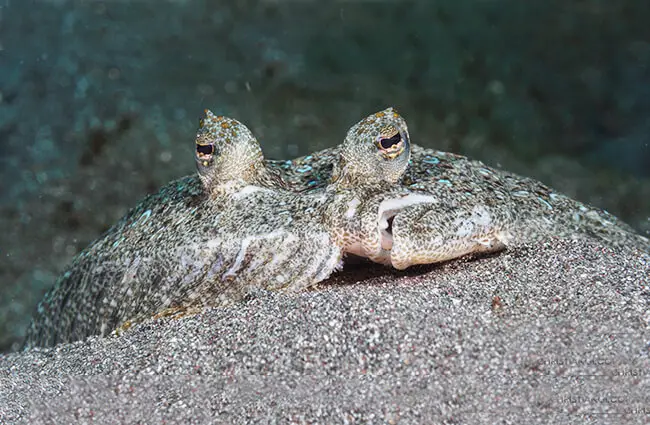
A Flatfish’s World: Flounder Habitats
Flounders are primarily marine inhabitants, thriving in coastal waters across the globe. Their preferred dwelling is often the soft, sandy, or muddy bottoms of oceans, estuaries, and bays. These environments provide the perfect backdrop for their camouflage abilities, allowing them to disappear against the substrate.
- Coastal Waters: Many flounder species are found in relatively shallow coastal areas, from temperate to tropical zones.
- Estuaries and Bays: These brackish water environments, where freshwater meets saltwater, are crucial nurseries and feeding grounds for several flounder species, offering abundant food and protection.
- Ocean Floors: While many prefer shallower waters, some species can be found at greater depths on the continental shelf.
- Specific Substrates: They exhibit a strong preference for soft bottoms, such as sand, mud, and fine gravel, which they can easily burrow into or lie upon.
For an animal lover hoping to spot a flounder in the wild, the best places to look are shallow, calm coastal waters with sandy or muddy bottoms. During low tide, one might observe them camouflaged in tide pools or along the edges of estuaries. Look for subtle movements, a slight ripple in the sand, or the outline of a fish that seems to be part of the seabed itself. Patience and a keen eye are essential.

An Evolutionary Marvel: The Flounder’s Journey
The life story of a flounder is a testament to the power of evolution. Unlike their adult form, newly hatched flounder larvae resemble typical fish, swimming upright with an eye on each side of their head. However, as they grow, a remarkable metamorphosis begins.
One eye gradually migrates across the top of the head to join the other eye on what will become the upper side of the flattened body. Simultaneously, the skull twists, the body flattens, and the fish begins to swim on its side. This incredible transformation allows the flounder to adopt its bottom-dwelling lifestyle, providing a significant evolutionary advantage for camouflage and ambush predation.
This unique developmental process places flounders within the order Pleuronectiformes, which literally means “side-swimming form.” The fossil record indicates that this eye migration evolved over millions of years, perfecting a strategy that has allowed flounders to thrive in diverse aquatic environments.
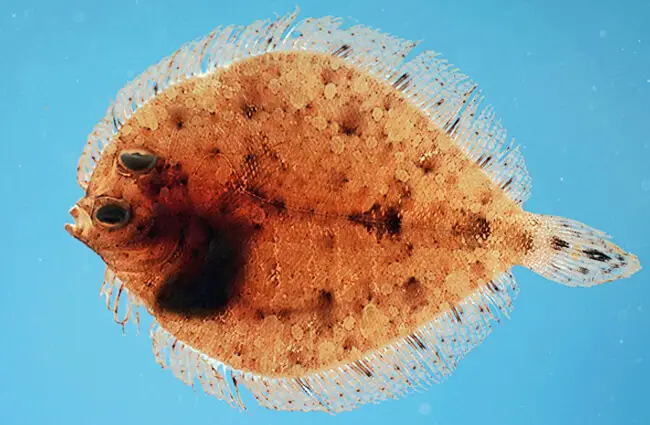
What’s on the Menu? The Flounder’s Diet
Flounders are opportunistic predators, perfectly adapted to their ambush hunting strategy. Lying perfectly still and camouflaged on the seabed, they wait for unsuspecting prey to venture too close. Their diet is varied and depends largely on the species and its habitat, but generally includes:
- Small Fish: Juvenile fish, minnows, and other small bottom-dwellers are common prey.
- Crustaceans: Shrimp, crabs, and other small crustaceans form a significant part of their diet.
- Worms: Various marine worms that burrow in the sand or mud are easily snatched by a quick strike.
- Mollusks: Small clams and other bivalves can also be consumed.
When prey comes within striking distance, the flounder executes a lightning-fast lunge, often engulfing the victim whole with its specialized mouth. This efficient hunting method underscores their role as important predators in their ecosystems.
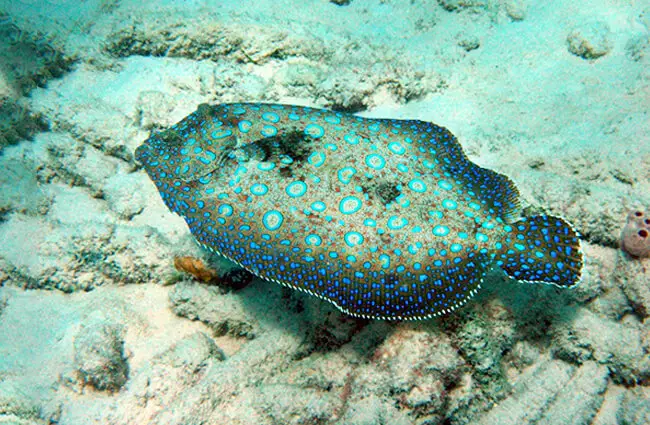
The Dance of Life: Flounder Mating and Reproduction
The reproductive cycle of flounders is a fascinating journey from open water to the seabed. Most flounder species are broadcast spawners, meaning they release their eggs and sperm directly into the water column, where fertilization occurs externally.
- Spawning Season: This varies greatly depending on the species and geographical location, often occurring during specific times of the year when water conditions are optimal.
- Pelagic Eggs and Larvae: The fertilized eggs are typically pelagic, meaning they float freely in the water column, drifting with the currents. Upon hatching, the larvae also remain pelagic, feeding on plankton.
- Metamorphosis: As the larvae grow, they undergo the dramatic metamorphosis described earlier, with one eye migrating and the body flattening. This transformation prepares them for their adult, bottom-dwelling life.
- Settlement: Once metamorphosis is complete, the juvenile flounders settle onto the seabed, adopting their camouflaged lifestyle.
Parental care is generally absent after the eggs and sperm are released. The sheer number of eggs produced by a single female, sometimes in the millions, is a strategy to ensure that at least some offspring survive the many challenges of the open ocean.
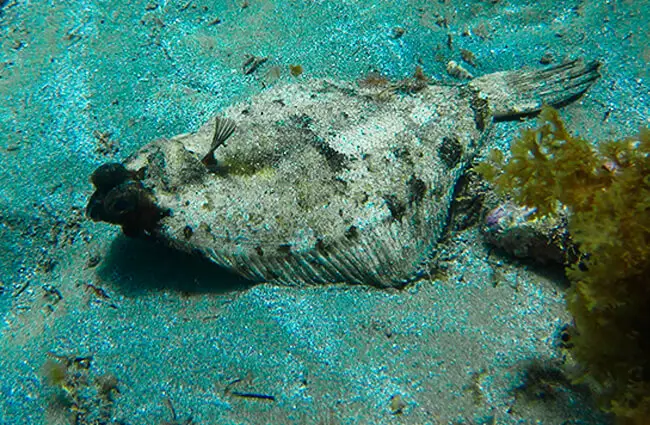
More Than Just a Flat Face: Flounders in the Ecosystem
Flounders play a vital, if often unseen, role in their marine and estuarine ecosystems. Their position as both predator and prey makes them a crucial link in the food web.
- Predators: As ambush predators, they help control populations of small fish, crustaceans, and worms, contributing to the overall balance of benthic communities.
- Prey: Juvenile and adult flounders are a significant food source for a wide array of larger marine animals, including sharks, larger predatory fish (like cod and tuna), marine mammals (such as seals and dolphins), and various seabirds.
- Sediment Interaction: While not as active as some burrowing species, their presence and occasional movements on the seabed can contribute to the aeration and mixing of sediments, influencing nutrient cycles.
- Indicator Species: Due to their sensitivity to environmental changes, healthy flounder populations can often indicate a healthy marine or estuarine environment. Declines can signal issues like pollution or habitat degradation.
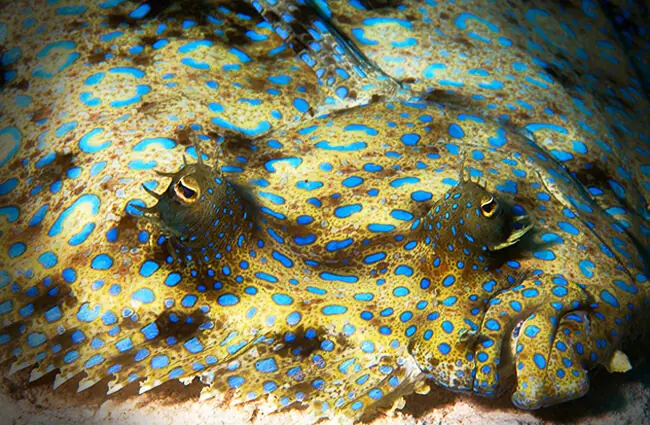
Flounders and Us: A Human Connection
The interaction between humans and flounders is multifaceted, ranging from culinary appreciation to conservation efforts.
A Culinary Delight
Flounder is a highly prized food fish around the world, known for its delicate, white, flaky flesh. It supports significant commercial fisheries in many regions and is a popular target for recreational anglers. This demand, however, places pressure on wild populations, leading to concerns about sustainability and the need for responsible fishing practices.
Cultural Significance
While perhaps not as prominent as some charismatic megafauna, flounders have found their way into human culture. They are notably featured in the Brothers Grimm fairy tale “The Fisherman and His Wife,” where a magical flounder grants wishes. This story highlights the fish’s perceived wisdom or magical qualities, and perhaps its hidden nature. In a broader sense, the flounder can symbolize adaptability, the power of disguise, or the hidden depths of the natural world.
Conservation and Interaction
Human activities pose several threats to flounder populations:
- Overfishing: Intensive commercial and recreational fishing can deplete stocks if not managed sustainably.
- Habitat Degradation: Coastal development, dredging, and pollution can destroy or degrade the vital sandy and muddy bottom habitats that flounders rely on for survival.
- Pollution: Chemical runoff and plastic pollution can directly harm flounders and their food sources.
If a person encounters a flounder in the wild, perhaps while snorkeling or exploring a tide pool, the best course of action is to observe it from a respectful distance. Do not attempt to touch, disturb, or capture the fish. Appreciate its incredible camouflage and unique form, and leave it undisturbed in its natural environment. Responsible fishing practices, such as adhering to catch limits and releasing undersized fish, are crucial for ensuring healthy flounder populations for future generations.
Caring for a Flat Friend: Flounders in Captivity (For Zookeepers)
Caring for flounders in a captive environment, such as an aquarium or research facility, requires specialized knowledge to replicate their natural conditions and ensure their well-being.
Habitat Requirements
- Spacious Tank: Flounders need ample horizontal space, not just vertical volume. A large footprint tank is essential to allow for natural movement and burying behavior.
- Substrate: A deep layer of fine, soft sand or mud is critical. This allows the flounder to bury itself, a natural behavior that reduces stress and aids in camouflage.
- Water Parameters: Maintain stable and appropriate water temperature, salinity, and pH levels specific to the species being housed. Excellent filtration is paramount to keep water quality pristine, as flounders are sensitive to poor conditions.
- Hiding Spots: While they bury themselves, additional flat rocks or artificial decor can provide extra security and enrichment.
Diet and Feeding
- Variety: Offer a varied diet of appropriate size. This typically includes live or frozen small fish (e.g., silversides, mollies), shrimp, krill, and pieces of squid.
- Feeding Method: Food can be offered directly to the flounder, or scattered over the substrate to encourage natural foraging behavior. Observe consumption to ensure adequate intake.
- Frequency: Feeding frequency depends on the species, size, and age of the flounder, but typically involves several small meals per week rather than one large one.
Health Monitoring
- Observation: Regularly observe the flounder for any changes in coloration, behavior (e.g., refusal to bury, erratic swimming), appetite, or the presence of lesions, parasites, or cloudy eyes.
- Water Quality: Daily monitoring of water parameters is crucial.
- Quarantine: New arrivals should always be quarantined to prevent the introduction of diseases to existing populations.
What to Avoid
- Overcrowding: Flounders need their space. Overcrowding leads to stress, aggression, and poor water quality.
- Aggressive Tank Mates: Avoid housing flounders with overly aggressive or nippy fish that could stress or injure them.
- Sudden Changes: Rapid fluctuations in water temperature, salinity, or pH can be highly detrimental.
- Rough Handling: If handling is necessary, do so gently and minimally to avoid damaging their delicate skin and fins.
Fascinating Flounder Facts
- Instant Camouflage: Flounders possess an incredible ability to change their skin color and pattern almost instantly to perfectly match their surrounding substrate, making them masters of disguise.
- Burrowing Experts: Many species can completely bury themselves in sand or mud, leaving only their eyes exposed, waiting for prey or hiding from predators.
- Left-Eyed vs. Right-Eyed: Flatfish are broadly categorized into “left-eyed” (e.g., turbot, some flounders) and “right-eyed” (e.g., plaice, other flounders) families, depending on which side their eyes migrate to.
- Independent Eye Movement: A flounder’s eyes can move independently of each other, allowing it to scan for prey and predators simultaneously.
- Freshwater Forays: While primarily marine, some flounder species, like the Hogchoker Flounder, are known to tolerate or even inhabit freshwater for periods of their lives.
From their extraordinary evolutionary journey to their vital role in marine ecosystems, flounders are truly captivating creatures. Their unique adaptations for a life on the seabed make them a testament to nature’s ingenuity. Understanding and appreciating these flatfish is a step towards ensuring their continued presence in our oceans and estuaries for generations to come.

![Red Angus Closeup of a beautiful Red Angus cowPhoto by: U.S. Department of Agriculture [pubic domain]https://creativecommons.org/licenses/by/2.0/](https://animals.net/wp-content/uploads/2020/03/Red-Angus-4-238x178.jpg)




![Red Angus Closeup of a beautiful Red Angus cowPhoto by: U.S. Department of Agriculture [pubic domain]https://creativecommons.org/licenses/by/2.0/](https://animals.net/wp-content/uploads/2020/03/Red-Angus-4-100x75.jpg)

